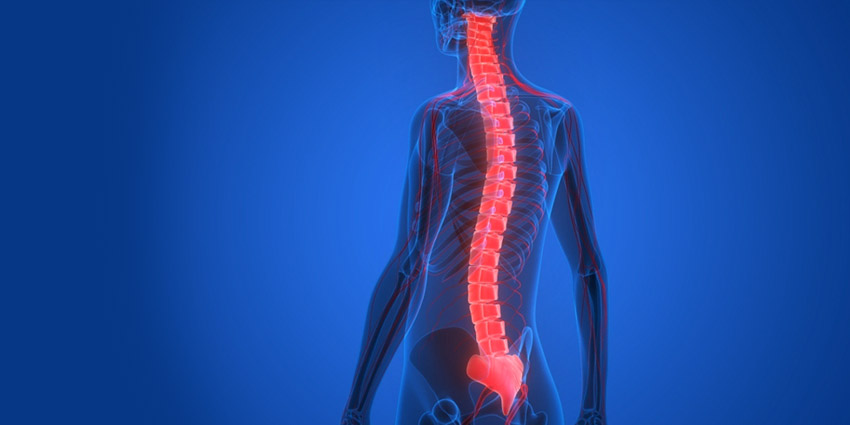Neuroplasticity: Getting Paralytics back on Feet.
Scientist have figured out how mice can regain some ability to walk after spinal cord injuries, and hope this insight can lead to a new approach to restoring function in people paralysed by similar damage.
The research showed that the brain and spinal cord are able to recognise functions after a spinal cord injury to restore communication at the cellular level needed for walking.
Mice given partial spinal cord injuries in the laboratory gradually are able over a period of eight to ten weeks to regain the ability to walk, although not as well as before the injury, according to the scientist. After this partial spinal cord injury, the brain and spinal cord underwent a sort of spontaneous rewiring to control walking even in the absence of the long, direct nerve highways that normally connect the brain to the walking centre in the lower spinal cord.
We have identified what appears to be a previously unrecognised mechanism for recovery of function after these kinds of injuries. And we need to understand it better and learn how to exploit it better through figuring out ways to stimulate this kind of recovery.


Brain Spinal Cord Can Recognise Function After Injury.
The spinal cord passes through the neck and back and contains nerves that transport messages between the brain and the rest of the body. A spinal cord injury can cause paralysis, and many scientists have been frustrated by their failure to find one.
Spinal cord damage obstructs the pathways the brain uses to transit messages to the nerve cells that control walking. Experts had thought the only way someone with such an injury could walk again is to somehow regrow the long nerve highways linking the brain and base of the spinal cord.


But what they found in this study is that when spinal cord damage blocked direct signals from the brain, the messages are able to make detours around the injury. Rather than using the long nerve highways, the message s will be transmitted over a series of shorter connections to deliver the brain’s command to move the legs
To help understand better Sofroniew uses a traffic analogy.”If you have a big freeway going somewhere, then that’s the fastest route to take. If blocked and you can’t get through, an alternative way might be simply to get off the freeway and use shorter interconnected side streets to get around.


